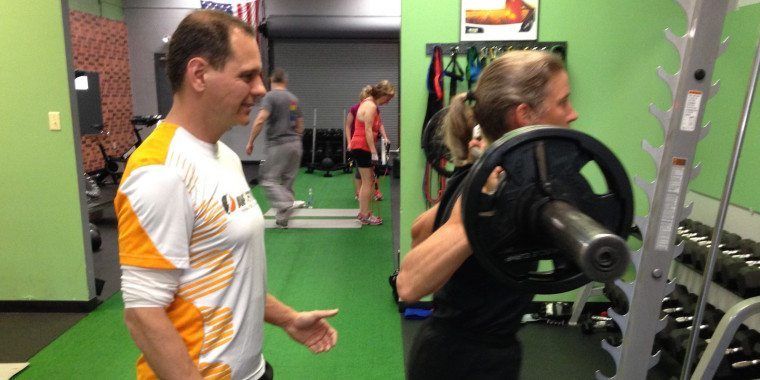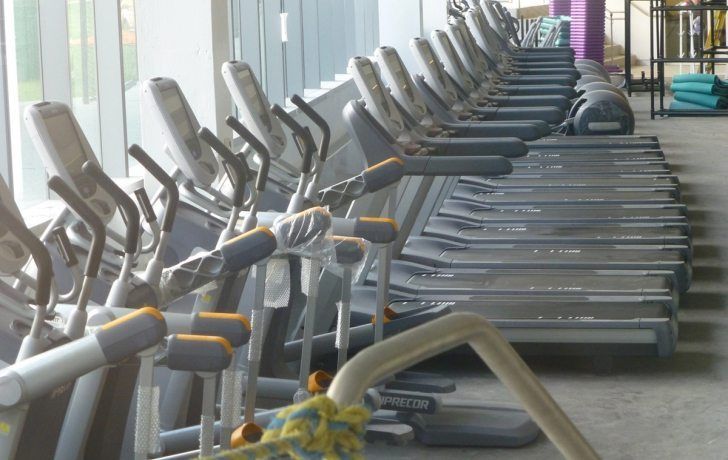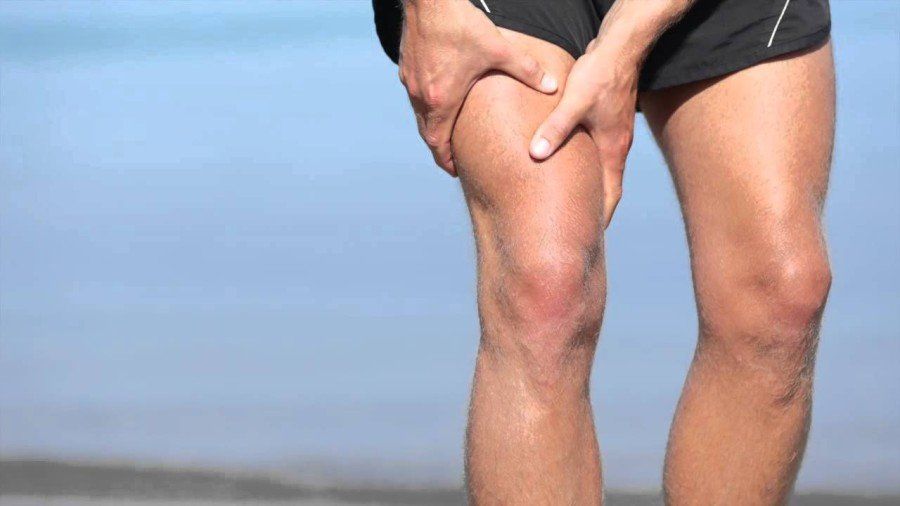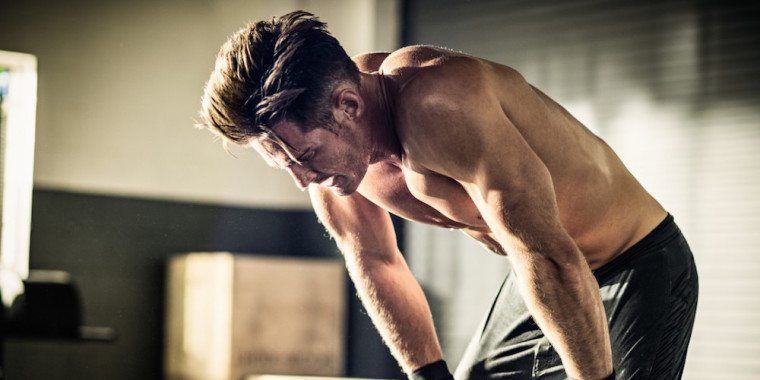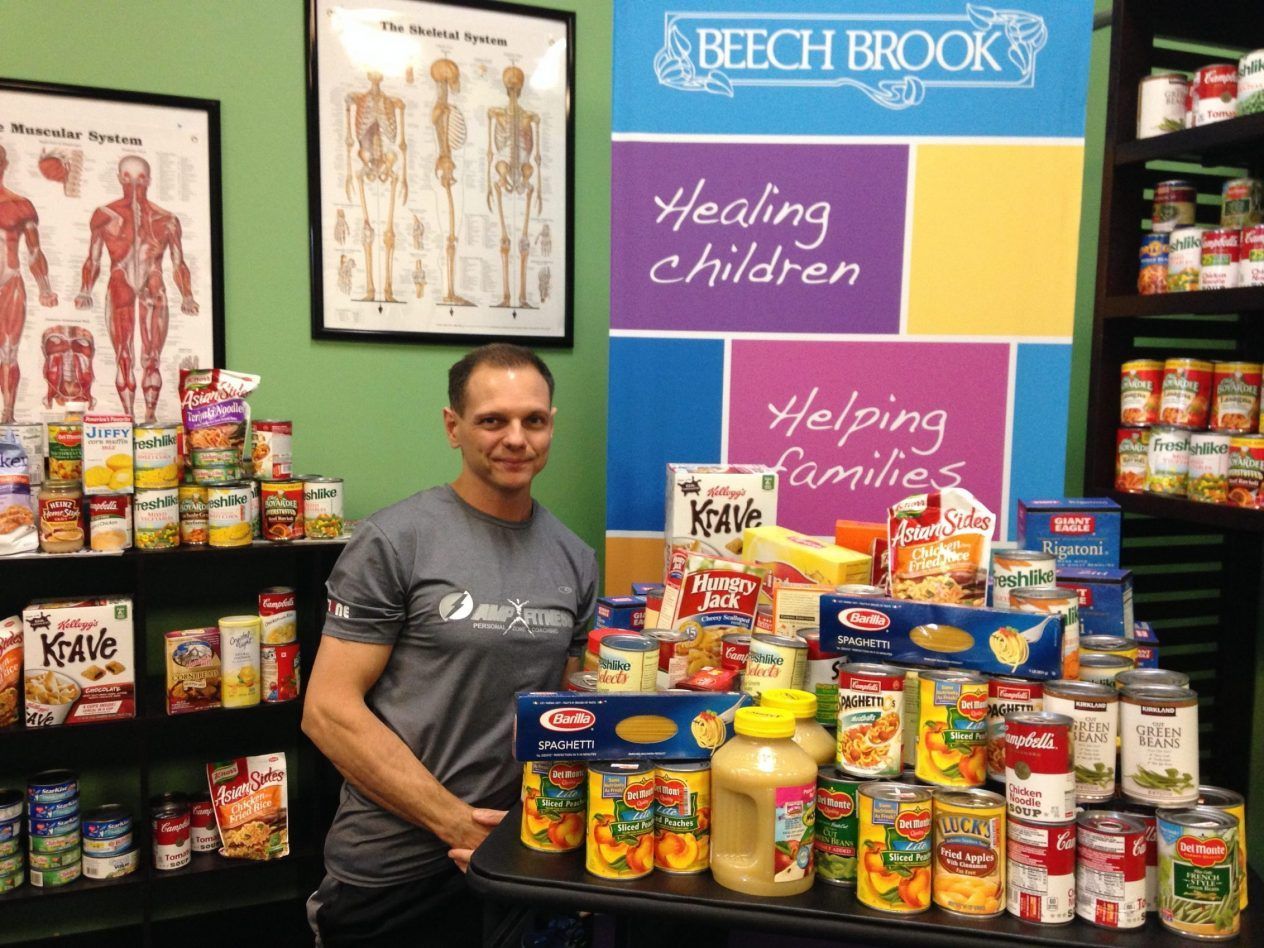BY ALLISON PATTILLO appeared on Competitor.com
Now that the “New Year, New You” buzz has quieted, it’s time to focus on realistic ways to make lasting, positive impacts to your fitness. Luckily, small changes make a big difference. And it all begins with being honest about what does and doesn’t work for your training style. But it’s also good to try new things! Choose one or two changes at a time and commit to them for at least a month to get an idea of what works for you.
Track workouts
Start by recording your workouts. Seeing your daily, weekly and monthly accomplishments in one place helps you to make sense of progress, or lack thereof, and can expose strengths and weaknesses. It may be as simple as logging miles in your daily calendar or as detailed as creating a spreadsheet to track workouts, sleep, resting heart rate, how you feel and more. The Believe Training Journal by Lauren Fleshman and Roisin McGettigan-Dumas includes plenty of space to track your sweat effort, with room to log weekly and monthly reflections and set goals.
Mix it up
When it comes to fitness, doing the same thing you’ve always done, doesn’t necessarily deliver the same results. In fact, your body is able to adapt to workouts after six to eight weeks, resulting in a training plateau. To keep your body primed, switch up your running routes, vary your pace, add speed drills, hit the track and be sure to treat recovery runs with the respect and slower pace they deserve.
Cross train
As important as it is to mix up your runs, the same applies to workouts. Yes, you love running, but have you considered how fun it would be to augment running with workouts that make you a more balanced athlete? Good options are cycling, swimming and pool running (no joint stress!), working out on an elliptical machine or an ElliptiGO, snowshoeing and Nordic skiing.
Add hills
A training staple for decades, striding it out on hills once or twice a week is an efficient way to improve strength and cardiovascular fitness. As important as they are if you are training for a hilly race, they are also key for helping you to become a more fit runner overall. Choose hill repeats (short runs of one to four minutes uphill, followed by a recovery walk/jog back down the hill), training runs on a route that includes rolling hills or even short, fast, hill sprint repeats to give your running a boost.
Stretch and roll
Stretching and mobility work is essential to staying flexible, which is the secret sauce for making runners less prone to injuries in the long term. The long-hold static stretching you used to do before workouts in high school is best done after your run or throughout the day. Although, if those stretches are still your favorite, a 2012 study review published in the Clinical Journal of Sports Medicine concluded that shorter holds (less than a minute) are fine before exercise. However, dynamic stretching—think high knees, butt kicks and high legs—gets your body warmed up before a run. Rolling is also a necessary evil. Make a post-run date with your foam roller; even five minutes of work will make a big difference. Hitting the yoga mat—for a class, not a nap—one or two times a week is another way to stay limber.
Start lifting
Improving your fitness by adding power to your stride and preventing injury can be as easy as incorporating one to two weight lifting sessions to your weekly training plan. You don’t have to become a dedicated body builder to experience the benefits. Instead focus on a couple quick sessions per week, with heavy weights and low reps to build the most transferable power, according to a 2008 study from the Journal of Applied Physiology.
Hire a coach
If your workouts have become stale, you’re training for a goal race or you aren’t seeing the improvements you think you should, it’s time to hire a coach. No, coaches aren’t just for elite athletes, they are for anyone who wants to get better in their sport—and that means you! Between apps, online coaching programs or meeting with a coach in person, you can tailor the experience to fit your budget and expectations. And if you think “coaching” means top-down mandates and yelling at you from the sidelines, think again. Coaches succeed by helping you succeed and reach your goals—which means lots of open communication, feedback and honesty. Sure, they may push you, but it’s for a reason!
Get a massage
For all you demand from your body, showing it some love is a smart idea. While a relaxing Swedish massage is nice, what you need to help with running fitness is a sports massage. It may not be relaxing, or even enjoyable, but think of it as preventative medicine for your body. “The net physiological effect of routine sports massage is an increase of function and performance, more consistently and on a higher level,” says Shawn Hadley, a cyclist, surfer, skier, hiker and soft tissue rehabilitation specialist based in Aspen, Colo. A skilled masseuse will use elements of active release therapy, stretching and deep tissue massage to identify tight areas and help correct misalignments. (Editor’s tip: wear clothes, ideally exercise clothes, for your appointment.)
Schedule workouts
Consistency is essential when you are striving for improvements in fitness. But when life gets in the way, exercise is often one of the first things to go. Instead of simply squeezing in workouts when you can, add them to your daily calendar, and treat them as a “can’t miss” appointment.
